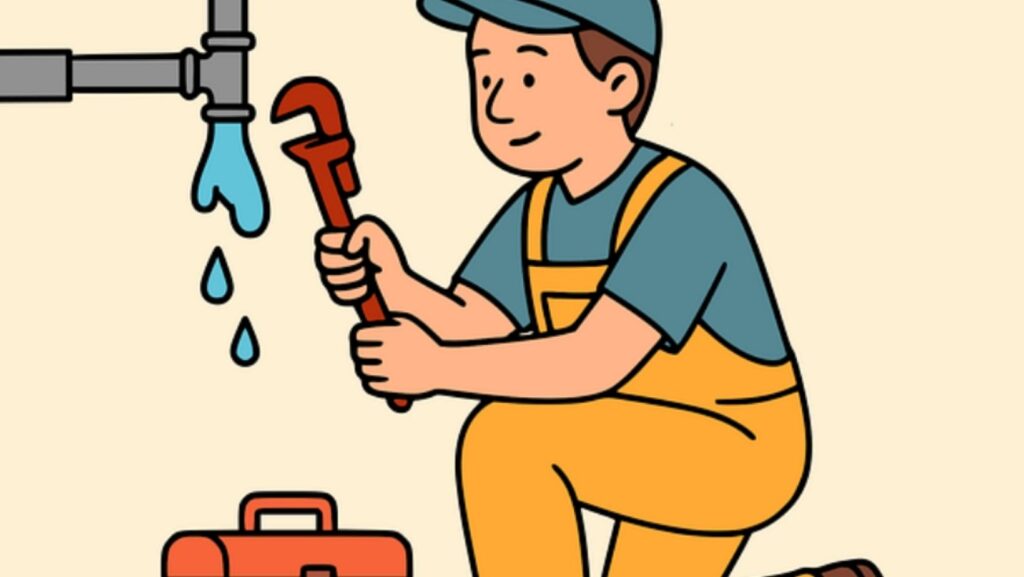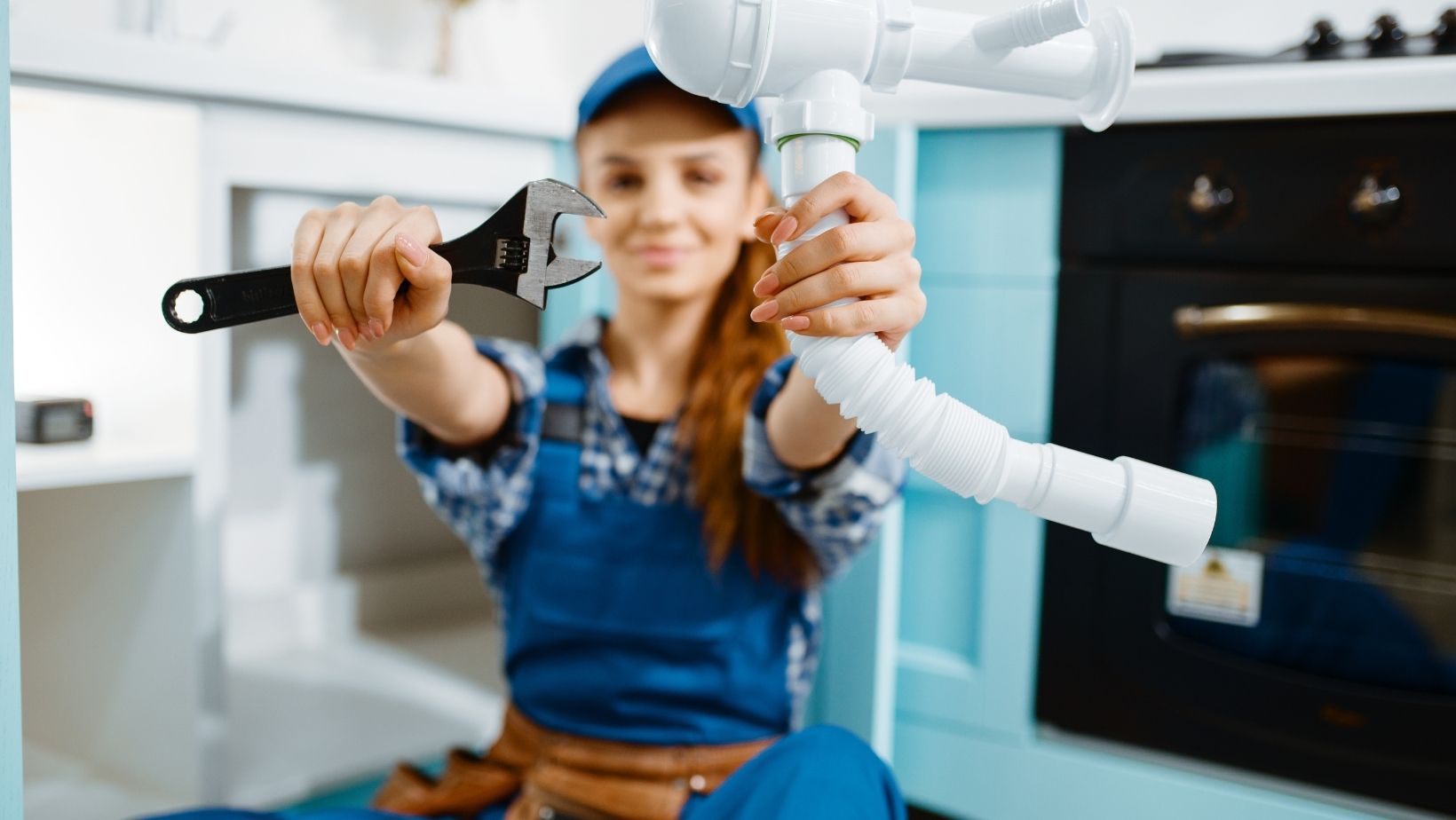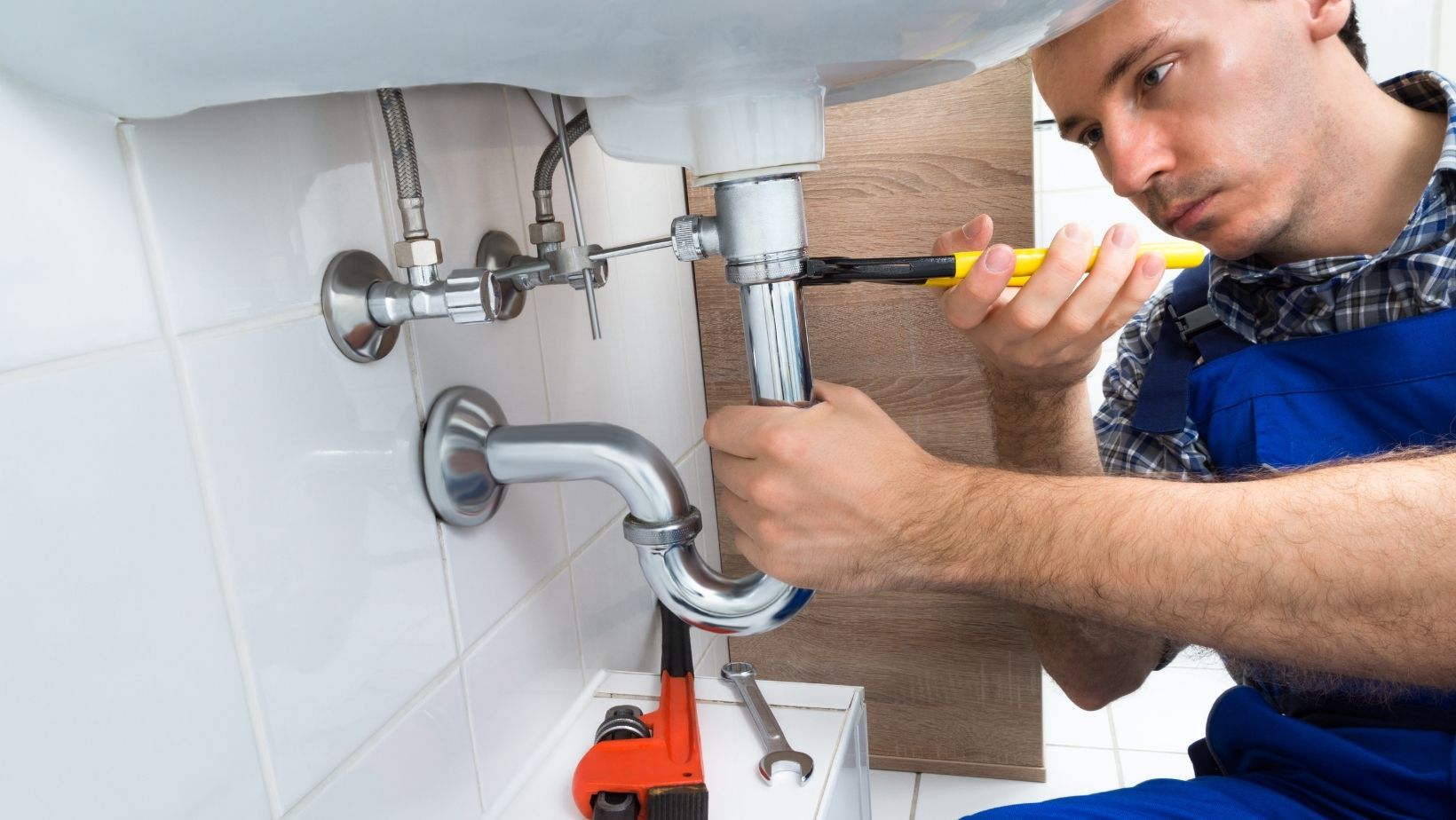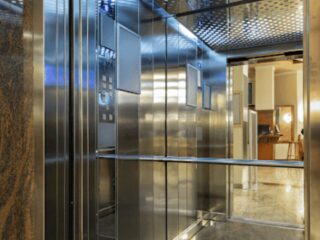
Homeowners don’t always get a clear or obvious sign of what’s going wrong with their plumbing system, whether it’s tree roots invading the sewer lines, leaky pipes, a blockage in the pipes, faulty water heater, or countless other issues.
Without detailed knowledge of the plumbing system and the proper tools and equipment, underlying plumbing problems can go undetected for extended periods of time, eventually leading to a major plumbing problem and costly repairs.
For homeowners who suspect a plumbing issue, it’s wise to reach out to a knowledgeable plumbing company, such as Benjamin Franklin Plumbing of Chapel Hill & South Durham.
Qualified experts go the extra mile for homeowners, like checking walls and even under the foundation for leaks responsible for increasing utility costs.
Service providers like these have credentialed and capable professionals who readily diagnose the root cause of plumbing problems and determine the appropriate repairs from these diagnostics to ensure a long-term fix.
Benjamin Franklin Plumbing
1415 W North Carolina 54 Suite 101, Durham, NC 27707
984-243-2924
https://www.benjaminfranklinplumbing.com/chsd/
Not every plumbing concern warrants a call to a plumbing professional. Plumbers do share how to detect varied obstacles, such as running toilets. Often, these types of issues can be relatively easily resolved by handy homeowners without the expense of a service call.
Visit – Plumbing Troubleshooting | HowStuffWorks – for guidance on plumbing troubleshooting. Consider the following helpful diagnostic tips that can tip you off to a plumbing problem existing in your household.
Monitor your Monthly Utility Costs for Inflated Bills
If your household utility costs spike without a clear explanation for the inflated expense, it’s likely there’s a leak in the household. Because the water bill was your first indication, it’s a hidden leak. To confirm this, you should turn off any water-using appliances and all faucets and check the meter.
The meter’s number dials advance as water is consumed. If the water sources are cut off but the meter is still moving, there is a leak somewhere in the house.
You want to check for moist areas around the walls, on the ceiling, and floors, water around the hot water heater, dripping faucets, and toilet leaks between the bowl and upper tank.
A simple troubleshooting test for the toilet involves adding food coloring to the tank where it should sit for roughly half an hour to see if the water escapes into the bowl. This will indicate an issue with the flapper or flush or fill valves.
Slow-draining Pipes
It’s entirely normal for homes to have an occasional slow drain; however, if you notice this, you want to check each fixture to see if it’s affecting one drain or multiple.
If only one drain and fixture are affected, the clog may be in a location that enables you to reach and clear it. Remove drain covers and shut of power to the garbage disposal before clearing the debris.
You may need a pipe snake to reach and clear a blockage if multiple plumbing fixtures in an area of the house are experiencing slow drainage. This can mean the block is in the branch line that transports human waste and wastewater from this area to the main drain line and outputs it to the sewer line.
When fixtures and drains move slow throughout the house, there’s likely a clog in the main drain line. This is deep within the drainage system, making it better to have a plumbing professional clear the blockage.
If sewer gas or sewage backs up through the drains, it’s likely due to the sewer line being blocked or damaged. If sewage is coming from the drains or you notice a sewer odor in the house, reach out to a plumber to request immediate service. Sewage and sewer gas exposure is hazardous.
Monitor Winter Water Flow
A common problem over the winter is frozen pipes, particularly with exposed pipes and those located along exterior walls. When little to no water comes from the faucet when turning it on, the pipes are likely frozen somewhere.
In this case, you want to check each faucet’s water flow to isolate the location of the frozen pipe and immediately set to work to thaw it out. If you’re unable to thaw the pipes relatively quickly, reach out for emergency plumbing services to avoid a burst pipe and water damage in the home.
A proactive and preventive measure to avoid frozen pipes is to keep them insulated against the extreme temperatures.
Final Thought
Plumbing issues range from minor problems that many homeowners can handle to complicated fixes that require the knowledge and skills of a trained professional. Click to find out if your home has a plumbing issue.
There’s never a one-size-fits-all solution; however, troubleshooting the problem to find the root cause helps plumbers develop a repair plan and saves homeowners time and money.














